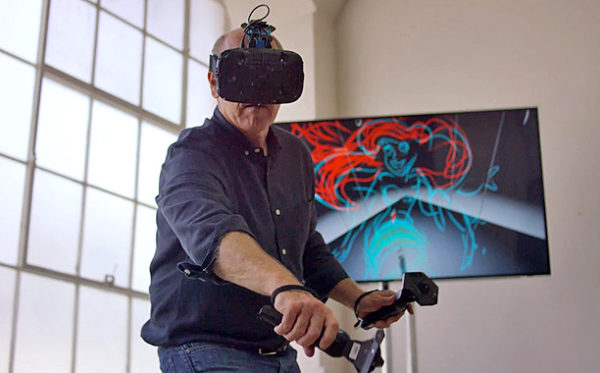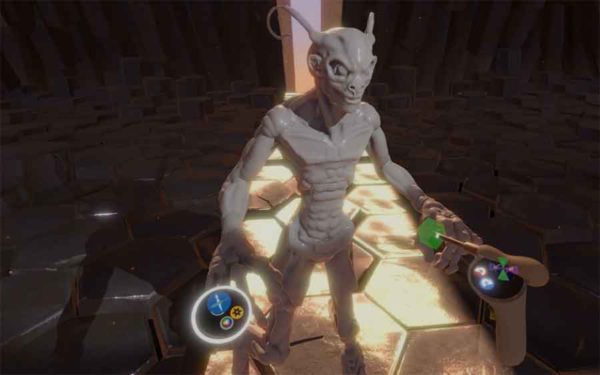Battle of the VR Art Demos

The digital art revolution was started by the classic Microsoft Paint app, which was introduced in 1985. Since then, building forms of art using digital graphics have been possible and led to even greater and more powerful applications. Today, as the virtual reality revolution is taking its place, creative professionals and computer art enthusiasts have more reasons to explore digital art from the confines of a PC to something three-dimensional – a reality only done possible by VR art.
Recently at the Oculus Connect conference held last September, Facebook-owned Oculus VR has introduced another practical use for the Rift. It’s called Medium, a natural sculpting system which leverages the power of Oculus Touch motion controllers on the consumer-version Oculus Rift. As one of the first motion-controlled demos of the Oculus Rift, Medium has shown potential as the future of creative virtual reality art forms.

During its formal introduction, Oculus VR CEO Brendan Iribe told the press that “every platform has to have a paint app, and this is our paint app.” This directly implies that Oculus VR is aiming Medium at creatives who wish to radically explore art forms in VR. Based on a clay-like material behavior, every object created in Medium behaves like clay by exhibiting flexibility, and can be created and infinitely modified using virtual palettes and brushes. The process of making objects in Medium is similar to molding pieces of clay – only that the user has the space as its “canvas”, creating a 3D impression. Variations to these objects can be achieved using the Touch controller, with options to change shape, color, and texture, among many other options. The final art form is then placed on a “gallery”, and the user has the option to share his creation online.
Another VR art tool showing potential is Tilt Brush, which was recently demoed by well-known Disney animator Glen Keane. Working on the HTC Vive VR headset, Tilt Brush is a virtual reality art creation tool which utilizes lines floating in 3D space to create cool VR art. Glen Keane’s “Step Into The Page” demo shows the animator creating character figures in VR space with a handheld controller. Equipped with the Vive headset, Keane is shown to draw using his arm which is translated into a figure of The Little Mermaid’s Ariel.
Making virtual reality art is a fancy look at the future of digital art. However, as gimmicky as it seems today, VR art looks very promising especially as artists are looking at new ways to showcase their creativity.
For more information on VR art demos, please visit the following websites:
http://www.tiltbrush.com
https://www.oculus.com
http://www.wired.co.uk/news/archive/2015-09/14/glen-keane-disney-virtual-reality-drawing

